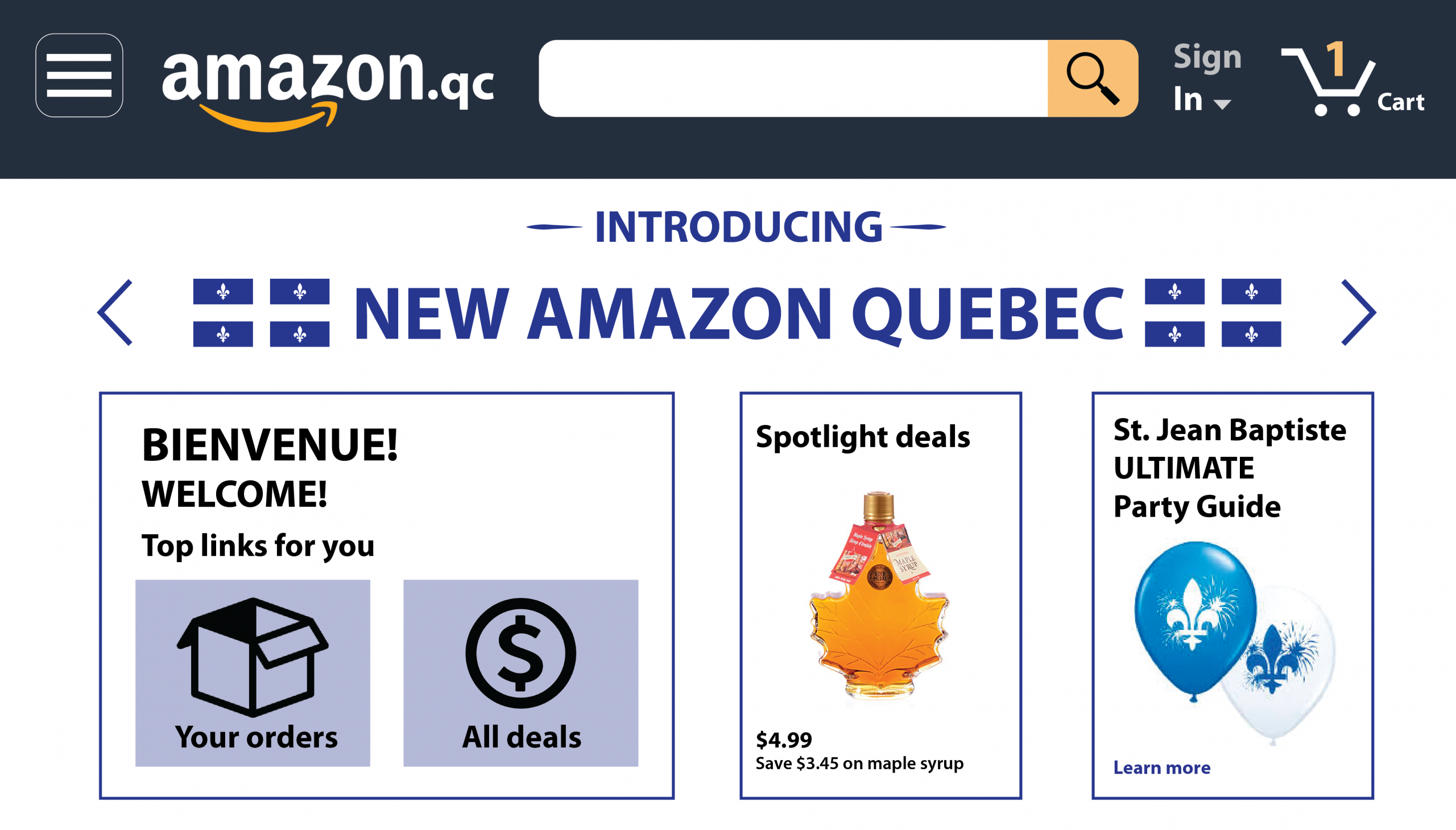Amazon Quebec would better serve “nationalist” clients, according to Quebec’s Premier.
Premier François Legault and Minister of Economy and Innovation Pierre Fitzgibbon brought up the idea of creating “Amazon Quebec” – an online shopping website like Amazon that would feature only Quebecois merchandise to better serve “nationalist” clients.
Hours before a meeting with Amazon Canada on Nov. 20, Legault told reporters from Presse Canadienne the lack of Quebec products on the amazon platform is a “big concern.” Legault added that he wants to be assured Amazon Canada will not just sell American products to Quebecers.
The idea of an Amazon Quebec isn’t new – Canadian entrepreneur Alexandre Taillefer, who later became the campaign director for the Quebec Liberal Party in 2018, first introduced the idea in 2017, but it never developed.
Fitzgibbon said that he was a fan of the Amazon platform and that a new Quebec version could help the province’s retailers. “We have customers who are nationalists, who like to buy Québécois, so perhaps it’s time we started to look closely at having such a structure,” he told the Presse Canadienne.
Fitzgibbon suggested that the Quebec government could invest in the platform to help it be sustainable, and that the platform could include a homegrown delivery system, so merchandise can be delivered quickly.
Earlier this month, Amazon announced plans to open its first fulfillment centre in Quebec, which will be a warehouse in Lachine and will create 300 full-time jobs in the area. Legault said his priority was to reassure Quebec suppliers that Amazon will not only sell American merchandise to Quebecers.
The opening of the new warehouse has sparked debate, both concerning the working conditions of Amazon factories, and that the online company could undermine local Quebec retail shops.
Stephano Carbonaro, a finance student at the John Molson School of Business, said that while the new jobs will be beneficial, “it’s increasing people buying online items, so you’re not purchasing items locally, so there are pros and cons in this situation,” he said.
A Quebec Amazon could help mitigate the issue of local retail stores losing business to foreign websites.
Angelica Rameau, a journalism student at Concordia said she thought a Quebec Amazon could be positive for the province. “I guess that it could help, if the population wants to know that their products are actually from here,” said Rameau. She would like to actively support local shops when she is shopping online.
Graphic by Victoria Blair
